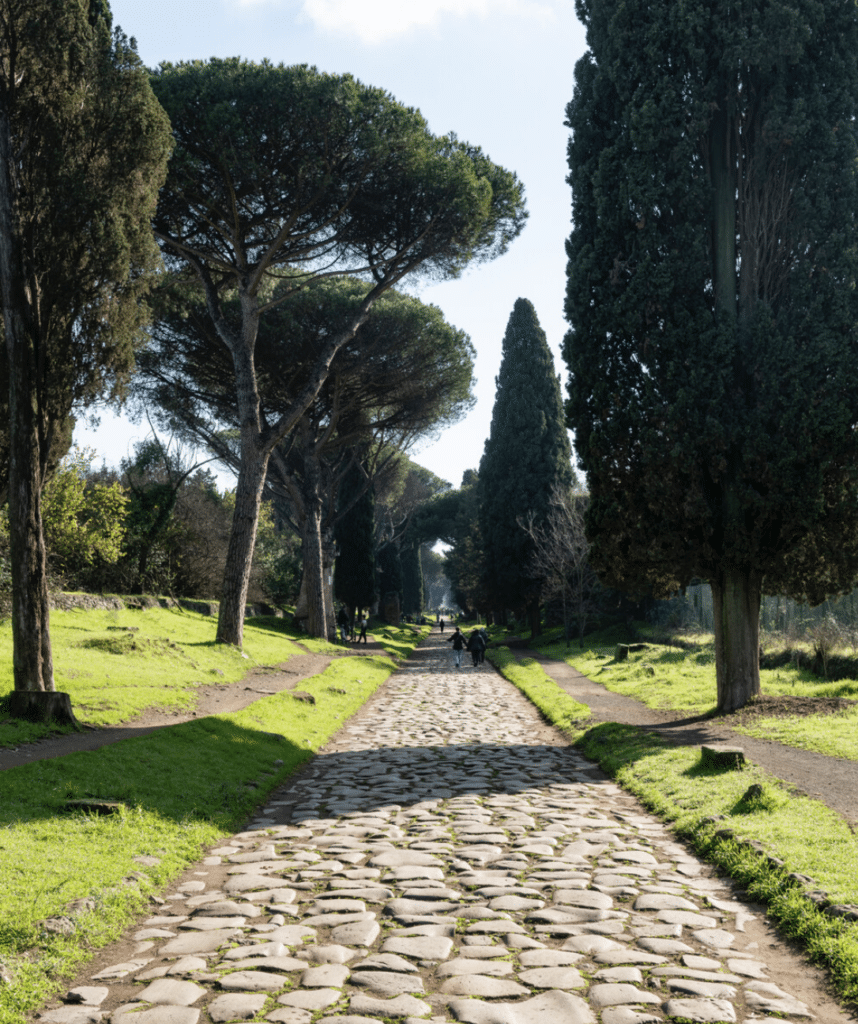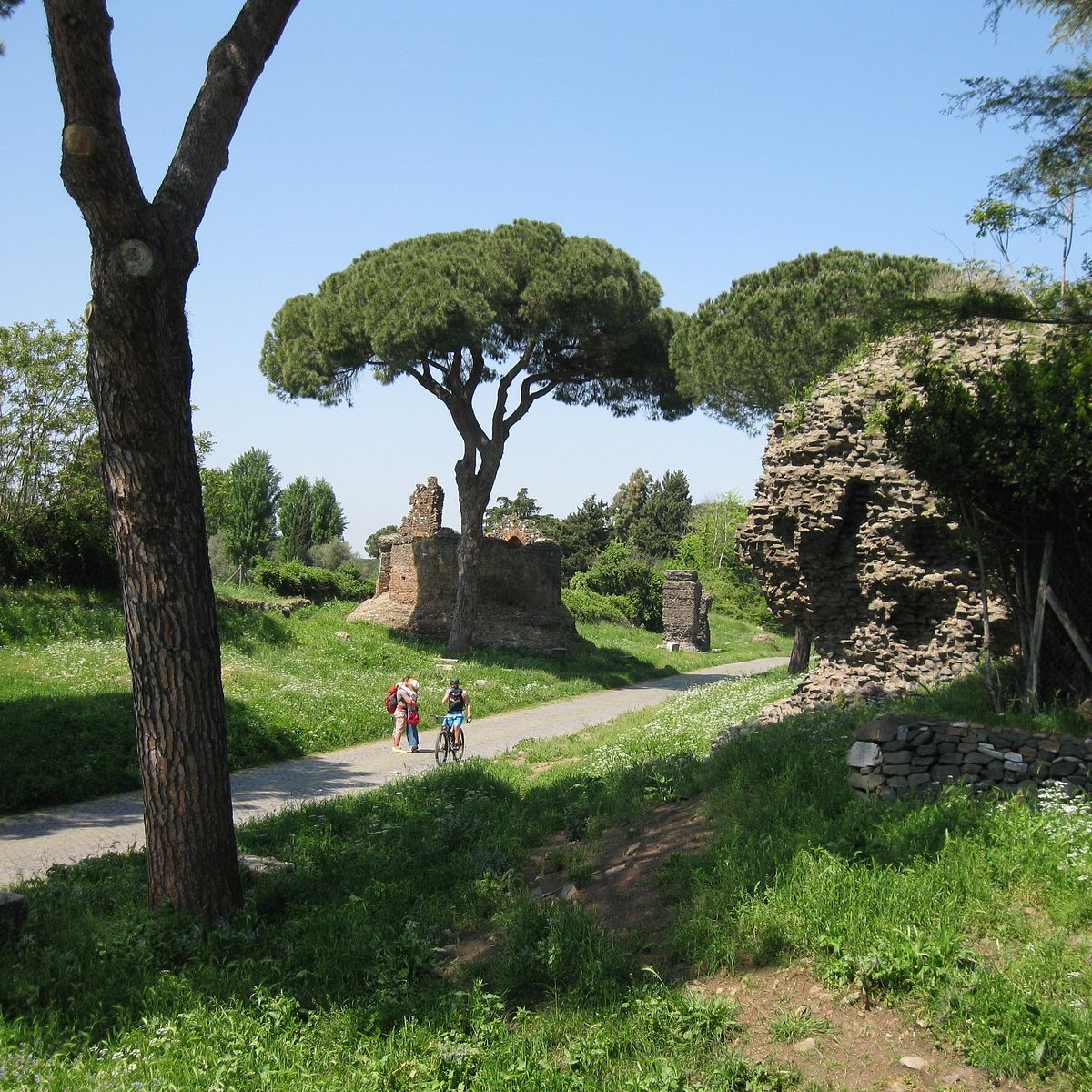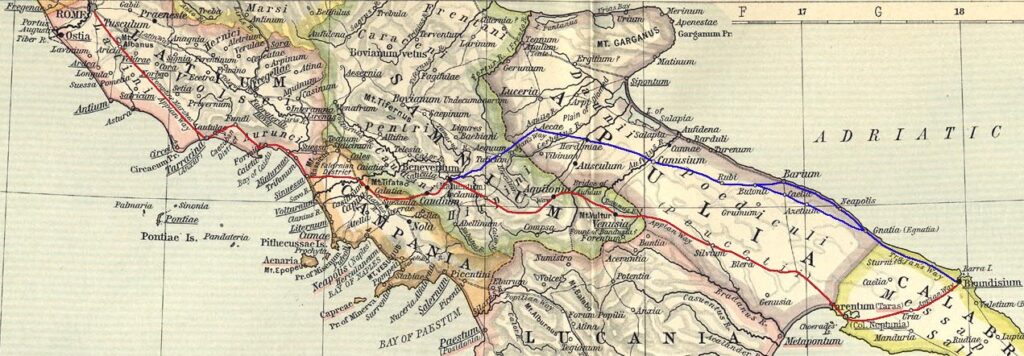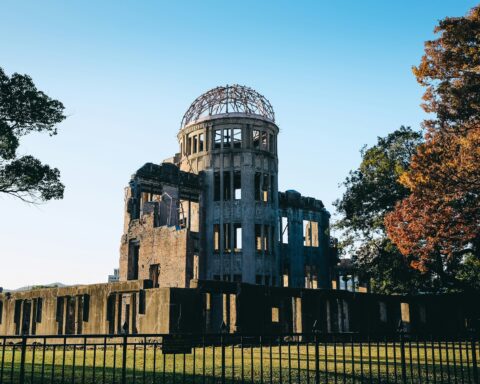New pride for Italy. The Boot of Europe can boast of its world-renowned cuisine as well as its stunning monuments. Proof of this is that the country has the highest number of UNESCO World Heritage sites. The via Appia, recently added to the list, becomes the 60th Italian site recognized.
From July 21 to July 31, the 46th session of the UNESCO World Heritage Committee is being held. This year, the committee is meeting in New Delhi, India, to consider the nominations of 28 sites for inscription on the World Heritage List.
The UNESCO World Heritage designation refers to cultural and natural properties of exceptional interest to the common heritage of humanity. A 1972 treaty gives the United Nations Educational, Scientific and Cultural Organization (UNESCO) the task of identifying, protecting, and preserving sites of “outstanding universal value”, such as the temples of Abu Simbel (Egypt), the Italian city of Venice, or the Angkor Wat temple (Cambodia). Besides increased fame and attractiveness, sites holding this precious label can expect to see their tourist numbers increase by 20 to 50%. Today, 1,223 cultural and natural properties are listed, and Italy is in the lead.
On July 27, the committee unveiled the names of thirteen new sites whose nominations were accepted. Among them is the via Appia, the famous Italian road and a remnant of the Roman Empire.

An Iconic Road
“Regina Viarum,” literally “the queen of roads” in Latin. This is how the Romans referred to the via Appia, one of the oldest Italian roads. Stretching over 500 kilometers, this road crossed central and southern Italy, connecting Rome to Brindisi, a port city in Apulia.
Built starting in 312 BC by the censor Appius Claudius Caecus, the via Appia is a testament to the ingenuity of Roman civilization.
Designed for military purposes, the road allowed troops to be sent quickly to southern Italy to consolidate Rome’s domination over this part of the peninsula during the Second Samnite War. It later became a strategic element in the military conquest of the East and Asia Minor.
This road became essential for major commercial communications and key cultural transmissions. Over time, it became a model for all Roman public roads and the Empire’s complex road system.
On the Path of History
Following the via Appia immerses you in Italian history with each step. Visitors can discover the first military milestones still preserved, the Appian Way Regional Park, where catacombs, tombs, and other archaeological remains offer a dive into the past, as well as sleepy villages.
If one decides to follow the road in the opposite direction, visitors’ steps blend with those of the Apostle Paul, who traveled this route to reach Rome around 65 AD.
The road, also known as the Appian Way, has witnessed many significant events over its two millennia of existence. After the Third Servile War in 71 BC, the slaves commanded by Spartacus were defeated by General Crassus. The 6,000 survivors were then crucified along the iconic road.
In general, this road showcases the Romans’ building talents. Two thousand years later, modern civilization is still amazed by their ingenuity in piercing mountains, designing canals, or building an extremely developed road system.
With such a rich history, the via Appia emerged as an ideal candidate for the UNESCO World Heritage list. In 2015, the Italian government announced a plan to revive the paved road.
Many Winning Sites
🔴 BREAKING NEWS!
New inscription on the #WorldHeritage List of @UNESCO_fr: The historic town and archaeological site of Gedi, in #Kenya 🇰🇪.
➡️https://t.co/TUGt0NgcVA #46WHC pic.twitter.com/tAY5Pn1PWt
— UNESCO in French (@UNESCO_fr) July 27, 2024
The announcement of the via Appia’s inclusion in the UNESCO World Heritage is a success for Italy. The Italian Minister of Culture, Gennaro Sangiuliano, hailed it in a statement as a “great achievement” showing that UNESCO has “recognized the exceptional universal value of an extraordinary engineering work that, over the centuries, has been essential for commercial, social, and cultural exchanges with the Mediterranean and the East.”
However, the road is not the only laureate chosen by the committee. Twelve other sites have joined the UNESCO list:
– The Sado mines in Japan
– The monumental ensemble of Brâncuși in Târgu Jiu, Romania
– The frontiers of the Roman Empire – Dacia, in Romania
– The Niah Caves in Malaysia
– The Nelson Mandela memory sites in South Africa
– The historic town and archaeological site of Gedi in Kenya
– The Central Axis of Beijing, China
– Phu Phra Bat Historical Park in Thailand
– The Kenozero Lake Natural Park in Russia
– The archaeological site of Al-Faw in Saudi Arabia
– Hegmataneh in the Islamic Republic of Iran
– The Schwerin Residence in Germany
Notably, the day before, on Friday, July 26, the Saint Hilarion Monastery in the Gaza Strip and the Marquesas Islands in French Polynesia had already been added to the list of sites selected by the committee.
Read also> The 5 most beautiful all-inclusive hotels in the world
Featured Photo: © Tripadvisor
















